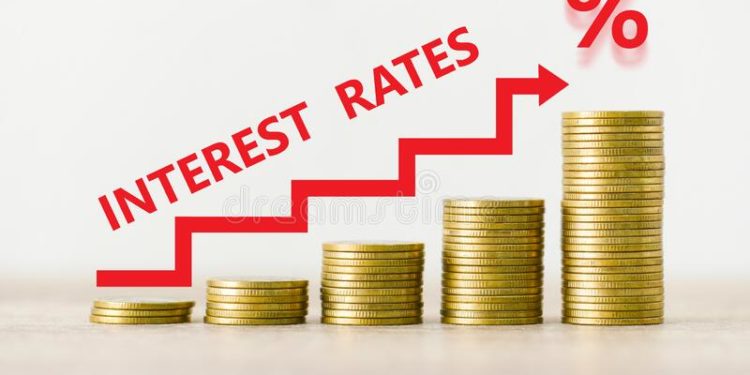Deciphering the Dynamics of Rising Interest Rates: A Comparative Analysis of Ghana and the United States
This dynamic underscore the divergent impact of monetary policy on investment patterns in developing versus developed economies.
Introduction
In the evolving landscape of global finance, the mechanisms behind interest rate adjustments and their implications on foreign direct investment (FDI) present a fascinating area of study. This article delves into the recent trends of rising interest rates in Ghana and the United States, examining their underlying causes and contrasting effects on investment flows. As we navigate through this comparative analysis, we aim to shed light on how these two diverse economies manage interest rates to achieve their macroeconomic objectives and the resultant impact on FDI.
The Surge in Interest Rates: An Overview
The phenomenon of rising interest rates in both Ghana and the United States, albeit for varied reasons, highlights the central role of monetary policy in economic management. In Ghana, the Bank of Ghana has strategically maneuvered its policy rates to combat surging inflation and stabilize the economy post-pandemic. The central bank’s decision to maintain a high interest rate reflects a cautious approach towards easing inflationary pressures and supporting a sustainable economic recovery.
Conversely, in the United States, the Federal Reserve’s adjustments to interest rates are part of a broader strategy to manage inflation and stimulate economic growth. The U.S. economy, with its vast scale and global influence, employs rate adjustments as a tool to balance economic expansion with price stability.
The Impact on Foreign Direct Investment
The ripple effects of these interest rate adjustments on FDI in Ghana and the United States are markedly different. In Ghana, the high cost of borrowing, driven by elevated interest rates, poses a significant challenge to foreign investors. The associated increase in debt servicing costs for businesses and consumers alike curtails disposable income and, by extension, reduces the attractiveness of the Ghanaian market for FDI.
This scenario contrasts with the United States, where rising interest rates have historically bolstered investment inflows. The allure of higher returns on financial instruments and the stability of the U.S. economy makes it a magnet for global capital, even in an environment of increasing rates. This dynamic underscore the divergent impact of monetary policy on investment patterns in developing versus developed economies.
Economic Structure and Market Dynamics
The dichotomy between Ghana and the United States in the context of rising interest rates and FDI flows can be attributed to their distinct economic structures and market dynamics. Ghana’s economy, grappling with post-pandemic recovery challenges, inflationary pressures, and external debts, finds itself in a precarious balance. The high interest rates, while necessary for curbing inflation, inadvertently dampen the prospects for FDI by escalating the cost of capital.
On the other hand, the United States, with its robust financial markets and the dollar’s pivotal role in the global economy, presents a secure and lucrative destination for investors. The U.S. monetary policy, even when steering towards higher interest rates, tends to attract rather than deter investment, given the broader context of economic stability and growth prospects.
Conclusion
The exploration of rising interest rates in Ghana and the United States unveils the complexity of monetary policy and its divergent effects on FDI. In Ghana, the strategy of maintaining high interest rates to stabilize the economy and curb inflation has the unintended consequence of reducing FDI inflows. Meanwhile, the United States leverages its economic strength and stability to attract investment, even as it adjusts rates upward to manage inflation and stimulate growth.
This analysis not only highlights the nuanced roles of interest rates in economic management but also underscores the importance of understanding the unique economic and market dynamics of each country. As policymakers navigate these turbulent waters, the lessons drawn from such comparative studies can provide valuable insights for crafting strategies that foster sustainable economic growth and attract FDI.
FAQs
Why do rising interest rates deter FDI in Ghana but attract investment in the United States?
Rising interest rates in Ghana increase borrowing costs, making it less attractive for foreign investors. In contrast, the U.S. offers higher returns on investments and stability, drawing in more capital.
What role does the economic structure play in the impact of interest rates on FDI?
The economic structure significantly influences how interest rate adjustments affect FDI. Developing economies like Ghana may experience reduced FDI due to higher costs and economic challenges, while developed economies like the U.S. can attract more investment due to stability and potential for higher returns.
How do interest rates influence economic recovery post-pandemic?
Interest rates are a critical tool for managing economic recovery. Higher rates can curb inflation but may slow down spending and investment, while lower rates can stimulate economic activity but risk higher inflation.


